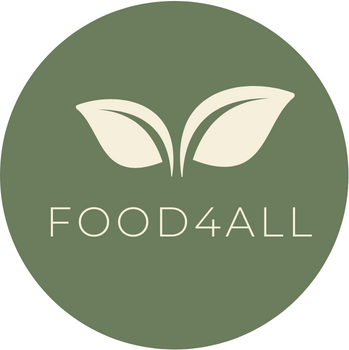Mixed crop-livestock systems are farming systems in which more than 10 percent of the dry matter fed to animals comes from crop by-products or stubble, or more than 10 percent of the total value of production comes from non-livestock farming activities (Steinfeld et al., 1996). The integration of crops and animals on the same farm represents the backbone of small-scale agriculture throughout the developing world. Globally, mixed systems provide 50 percent of the world’s meat and over 90 percent of its milk. With the demand for livestock products expected to surge in most low income countries, the potential for income generation exists. However, the expansion of large-scale, industrial production of crops and livestock has reduced resource availability at the expense of smaller mixed farming systems employed by the poor (McIntyre et al., 2009).
• Diversity. Crop-livestock systems are usually horizontally and vertically diverse, providing small habitat patches for wild plants and animals (Altieri, 1999). In small-scale crop-livestock systems, fodder is often a limiting resource, which can be supplemented by tree/shrub fodder banks, with further increase of the agroecosystem’s diversity, at least to the extent that the foraging ends up reducing readily available plants in nearby natural ecosystems.
• Coherence. Livestock have been part of global farming systems for millennia. Integrated systems provide synergy between crops and livestock, with animals producing manure that is used to amend soils or provide fuel, while crop by-products are a useful source of animal feed. The production of meat, milk and eggs within small-scale farms generates income and enriches the diet with consequent benefits for health.
• Connectedness. More efficient farm nutrient cycles decrease nutrient losses while improved soil structure avoids soil erosion phenomena. The organic matter content of the world’s agricultural soils is typically 50–65 percent of pre-cultivation levels (Lal, 2004). Strategies to increase soil organic matter (and the carbon within it) include the integrating crop and livestock production in small-scale mixed systems (Tarawali et al., 2001, 2004) and corralling, by rotating animals over patches of land.
• Efficiency. Output per farm of many small-scale enterprises may be small, but the aggregated effect can be large, such as small-scale dairy in India (Kurup, 2000), piggery in Vietnam (FAO, 2006) and backyard poultry in Africa (Guye, 2000).
• Resilience. Generally speaking, crop-livestock interactions increase productivity and the income of farmers, and improve system resilience and environmental sustainability (Devendra and Thomas, 2002; Parthasarathy Rao et al., 2005). Livestock keeping can improve health and nutrition in small households and generate additional income and employment (ILRI, 2006), even when households have limited resources such as land, labour and capital (PPLPI, 2001).
Capacity for a green economy. Integrated crop and livestock systems offer a win-win strategy with greater productivity and increased mutuality that enhances soil fertility (McIntire et al., 1992; Tarawali et al., 2001). Without this linkage, soil fertility can fall in cereal-based systems and surplus livestock manure can create nutrient waste and pollution (Liang et al., 2005). In dry areas, such as the Sahel and East Africa, intensification is not easy because low organic matter in soil leads to poor water conservation. Ecological intensification through mixed crop-livestock systems offers opportunities, especially in a context of higher demand for animal products, while recreating closed (or semi-closed) systems of nutrients and energy.
